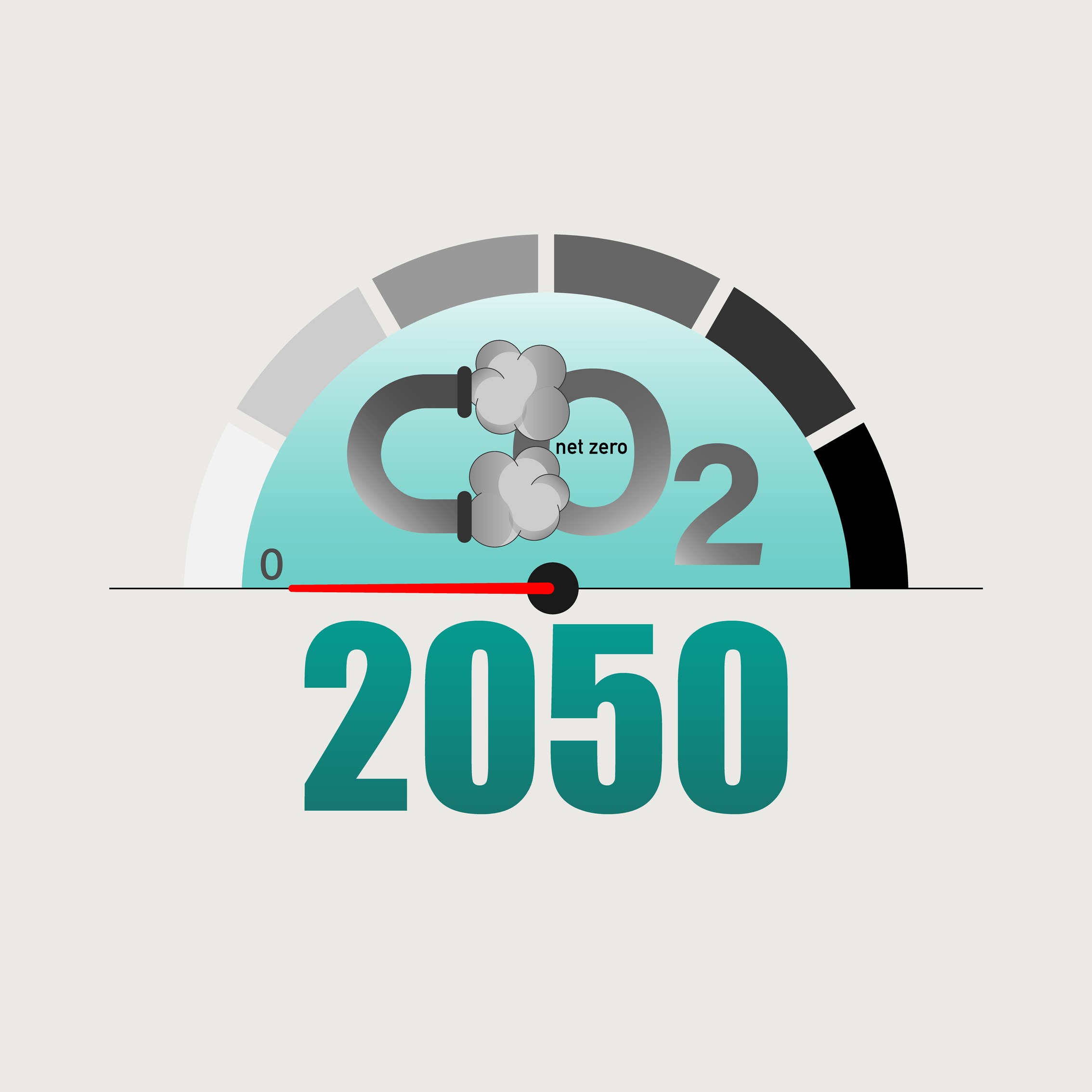New research shows blueprint for reaching affordable net zero carbon emissions by 2050

A new analysis created by researchers at the United States Department of Energy’s (DOE) Lawrence Berkeley National Laboratory, the University of San Francisco (USF), and the consulting firm Evolved Energy Research contends that carbon neutral is not only feasible but affordable, by 2050.
If the United States were to begin today, it could do it at a net cost of about $1 per person per day, but it would require rebuilding U.S. energy infrastructure. In “Carbon Neutral Pathways for the United States,” published in the scientific journal AGU Advances, the researchers lay out multiple technology paths to navigate fossil fuel use, land use, consumer adoption, nuclear energy, and bio-based fuels, all united by certain strategies.
“By methodically increasing energy efficiency, switching to electric technologies, utilizing clean electricity (especially wind and solar power), and deploying a small amount of carbon capture technology, the United States can reach zero emissions,” the authors wrote in Transforming the infrastructure.
The benefit of this is that little infrastructure would require early retirement or replacement before the end of its economic lifespan. However, people would need to switch to low-carbon technologies when the time for replacement comes. Some things could make these efforts more costly, though. Limit the amount of land for solar and wind farms, and net costs in GDP could spike.
“The decarbonization of the U.S. energy system is fundamentally an infrastructure transformation,” Margaret Torn, one of the study’s lead authors and Berkeley Lab senior scientist, said. “It means that by 2050 we need to build many gigawatts of wind and solar power plants, new transmission lines, a fleet of electric cars and light trucks, millions of heat pumps to replace conventional furnaces and water heaters, and more energy-efficient buildings – while continuing to research and innovate new technologies.”
New technologies have already helped. The cost of transformation is now lower than it was just five years ago, largely thanks to the cost of wind and solar power, as well as electric car batteries, decreasing faster than expected. Cost figures for the future could be even lower if economic and climate benefits of decarbonization were included in analyses, such as less money spent on oil or less economic uncertainty attached to oil price fluctuations.
Even costly builds come with a benefit: domestic jobs. To achieve all of this, though, action will be required within the decade. Generation and transmission of renewable energy will need to be increased in the short term. All new infrastructure will need to be low carbon, even as current natural gas capacity is maintained.
“This is a very important finding,” Jim Williams, associate professor of Energy Systems Management at USF and study lead author, said. “We don’t need to have a big battle now over questions like the near-term construction of nuclear power plants, because new nuclear is not required in the next ten years to be on a net-zero emissions path. Instead, we should make policy to drive the steps that we know are required now, while accelerating R&D and further developing our options for the choices we must make starting in the 2030s.”
According to the Intergovernmental Panel on Climate Change (IPCC), the world must reach net zero carbon emissions by 2050 to limit global warming and avoid its most dangerous impacts.
